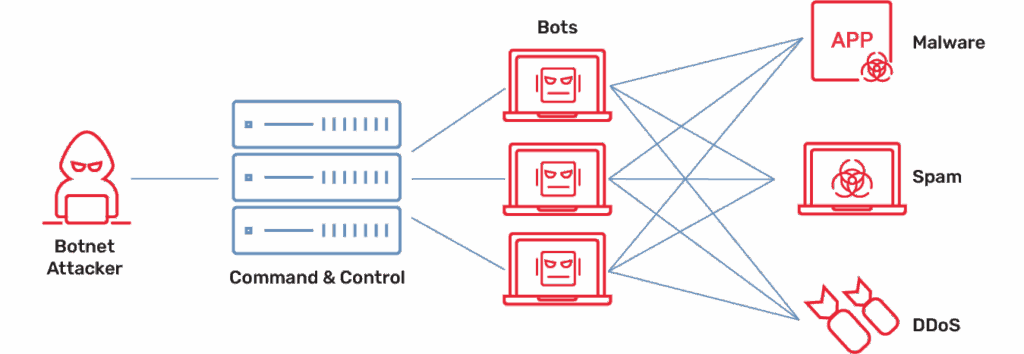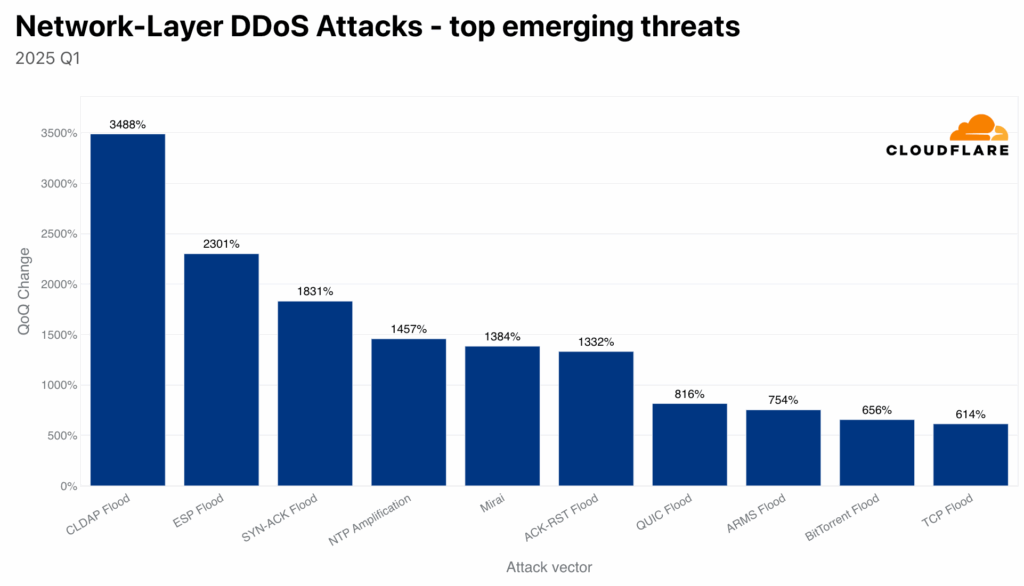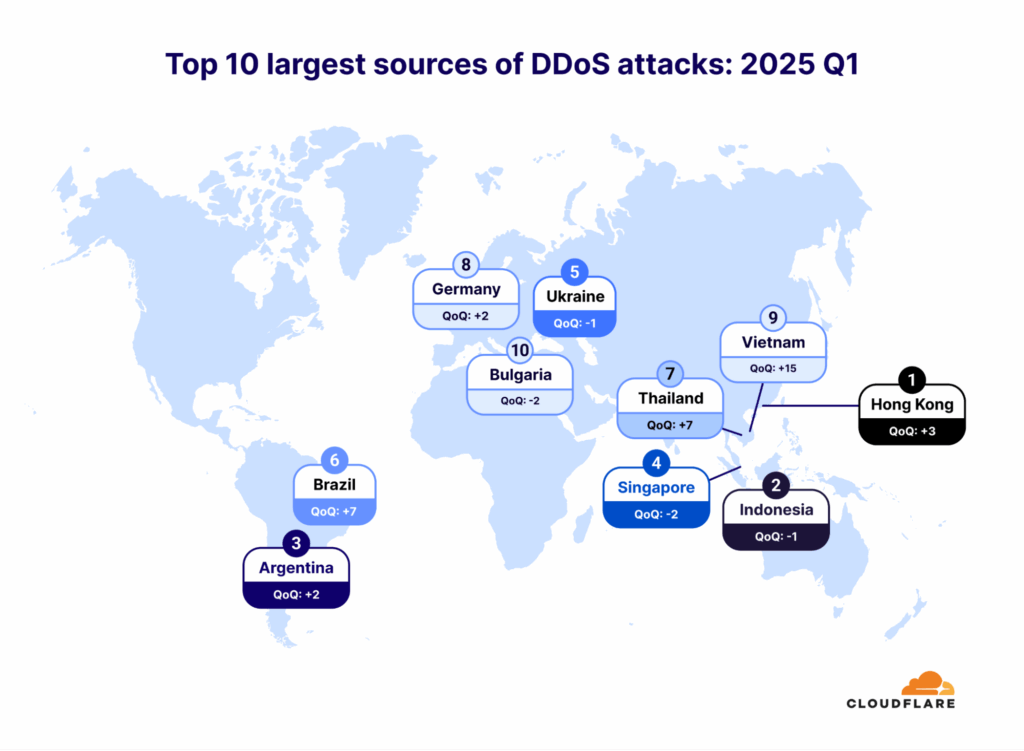Cybersecurity causes chaos in the Azure cloud.
Aisuru, a known threat actor inside the DDoS world, fired off a massive denial-of-service attack at Azure on Tuesday. The blast slammed traffic pipes, dented reliability, and triggered frantic reroutes of parts of Microsoft’s cloud.
The attack sent jittersthrough enterprise teams, security researchers, and developers who rely on Azure for daily infrastructure. Azure took the hit head-on. Systems slowed, but didn’t buckle. Dashboards threw warnings.
The security event scribes a familiar story: a single attack group tests the strength of a global cloud provider (with varied success).
What’s Happening & Why This Matters
Aisuru Attacks Azure at Scale
Security logs confirm the strike’s size. Aisuru flooded Azure with traffic volumes that stretched the infrastructure’s regions. Engineers inside Azure responded quickly. They shifted loads, isolated noisy endpoints, and absorbed the flood through mitigation layers. Some enterprise users reported slowdowns, interrupted API calls, and unstable login flows.
Microsoft’s security team communicated early notes that the attack utilized a blend of volumetric packets, application-layer noise, and short-interval bursts. Security analysts call Aisuru “persistent, organized, and unusually technical.” One researcher tells TF, “Aisuru acts like a group training for a much larger play.”

The Services Ripple Effect
Azure supports enterprise platforms, workflows, and cloud backbones. So the attack struck outside Microsoft’s walls. Teams running production systems notice staggered performance. Developers around the world posted screenshots of 502s, container stalls, and identity-service hiccups.
Traffic shaping stabilized the system. Internal notes indicate that Azure’s built-in DDoS guard absorbed most of the blast. But the attack demonstrates how vulnerable cloud concentration presents pressure levers and valves. One cloud engineer said, “Azure is resilient, but the margins shrink when groups like Aisuru test its thresholds.”

Microsoft Tightening Security Posture

Microsoft communicated with large customers, shared guidance, and updated internal routing maps. Engineers adjusted DDoS playbooks. Security leaders reviewed detection telemetry and tuned thresholds for impending spikes. The Windows maker noted that no customer data was compromised. Still, the incident is a warning — a lightning strike in the cloud.
Security researchers point out that Aisuru targets cloud providers to gather intel on network behaviour. “This attack probes Azure’s elasticity,” one analyst tells TF. “They test how long it takes Microsoft to react. They test how capacity bends….”
TF Summary: What’s Next
Aisuru attacked and Azure stayed steady. Yet, the hostile volley exposes weaknesses inside global cloud systems. More groups are tracking cloud infrastructure. More attacks zero-in on core services. And more enterprises (and their customers) feel the direct effects when threat actors stress-test and overwhelm the Internet’s foundation.
MY FORECAST: We are entering a cycle of heavier DDoS attacks against leading platforms. Cloud providers are racing to adopt mitigations, speed up responses, and harden identity systems. Azure, like its competitors, is under the microscope as attackers search for blind spots.
This story is not over. Circle back soon.
— Text-to-Speech (TTS) provided by gspeech

